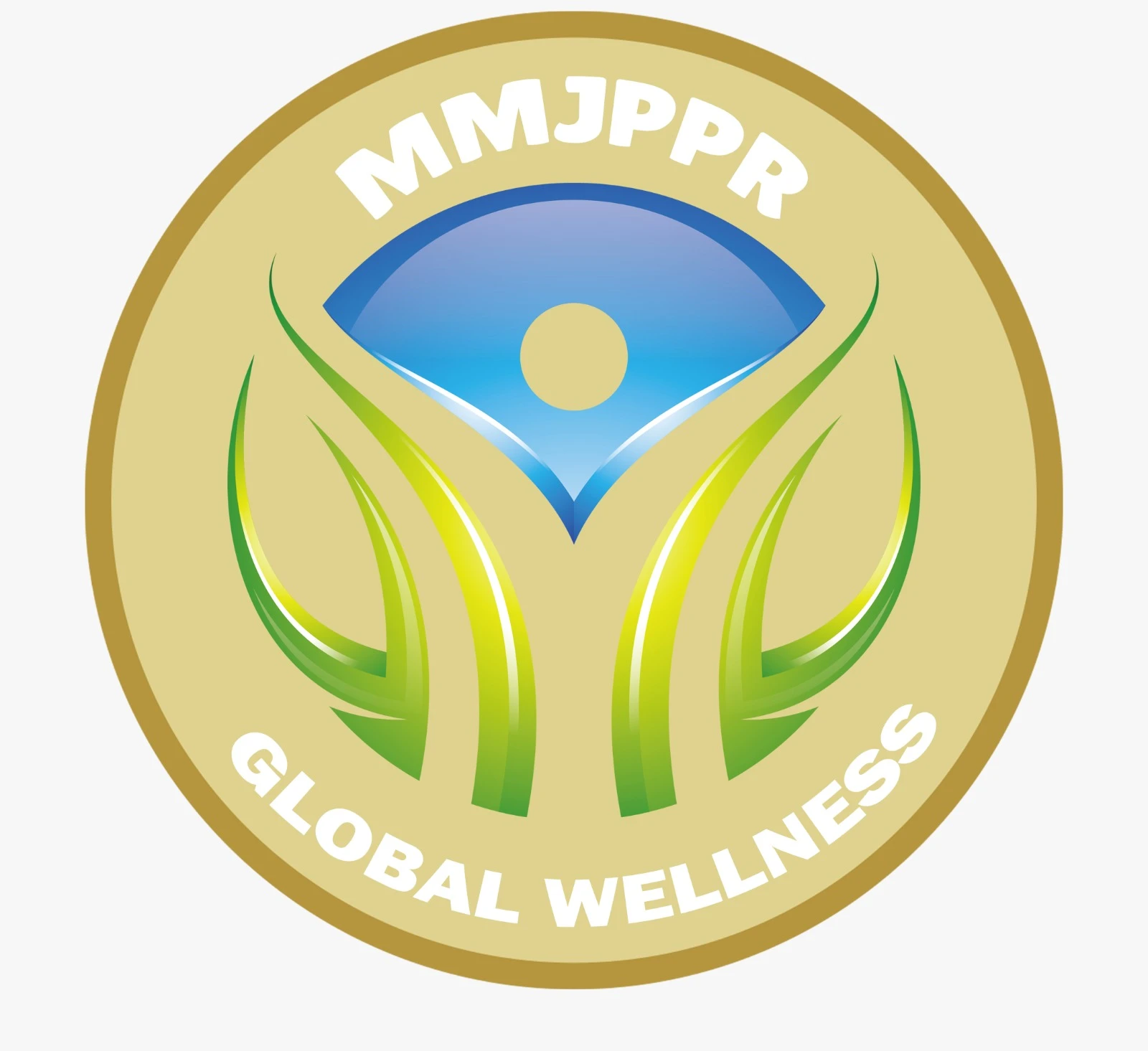Geneva: India has been recognized by the United Nations as an ‘exemplar’ in reducing preventable child deaths, following remarkable progress in its health sector over the past two decades. The United Nations Inter-agency Group for Child Mortality Estimation (UN IGME) report highlighted India’s strategic investments in healthcare and effective implementation of welfare schemes that have saved millions of young lives.
Along with India, the report identified Nepal, Senegal, Ghana, and Burundi as countries that have successfully reduced child mortality rates despite facing economic and infrastructural challenges. It praised these nations for their “political will, evidence-based strategies and sustained investments,” which have contributed to significant improvements in child health.
Specifically, India increased infant measles vaccination coverage from 56 per cent to 93 per cent and reduced measles-related deaths by 97 per cent.
Globally, the number of child deaths before the age of five dropped from 12.6 million in 1990 to 4.8 million in 2023, while stillbirths decreased by over a third during the same period.
Commenting on the achievement, UNICEF Executive Director Catherine Russell said, “Millions of children are alive today because of the global commitment to proven interventions, such as vaccines, nutrition, and access to safe water and basic sanitation.” However, she also warned that without continued investment and policy focus, there is a risk of reversing these gains.
Millions of lives saved
The UN IGME was formed in 2004 to share data on child mortality, improve methods for child mortality estimation, report on progress towards child survival goals, and enhance country capacity to produce timely and properly assessed estimates of child mortality. The UN IGME is led by the United Nations Children’s Fund (UNICEF) and includes the World Health Organization (WHO), the World Bank Group and the United Nations Population Division of the Department of Economic and Social Affairs as full members.
Role of Ayushman Bharat health insurance
According to the report, India has reduced child mortality by 70 per cent and neonatal mortality by 61 per cent since 2000. The progress has been credited to various government initiatives, including Ayushman Bharat – the world’s largest health insurance scheme – which provides free delivery services, infant care, and transportation for pregnant women and newborns.
Since 2000, India achieved an under-five mortality reduction of 70 per cent and a neonatal mortality reduction of 61 per cent, driven by overlapping available interventions and develop health infrastructure and human resources.
The landmark schemes focus on providing dignified, respectful, quality, and free universal healthcare, with zero tolerance for denial of services.
Ayushman Bharat – the world’s largest health insurance scheme – provides annual coverage of nearly $5,500 per family per year. Every pregnant woman is entitled to free delivery (including caesarean section), and infant care provides free transport, medications, diagnostics and dietary support in public health institutions.
To ensure comprehensive coverage and equitable access to health services, India has strengthened infrastructure via the establishment of maternity waiting homes, maternal and child health wings, newborn stabilization units, sick newborncare units, mother newborn care units and a dedicated program for birth defect screening.
Interventions like antenatal corticosteroids for preterm labor, use of continuous positive airway pressure and follow-up for vision and hearing help support newborn survival. This ensures millions of healthy pregnancies and thriving live births each year. India has also prioritized the training and deployment of skilled birth attendants, such as midwives and community health workers, to provide appropriate maternal and child health services.
Additionally, data systems and digital surveillance of maternal, newborn and child health indicators are continuously improved to support evidence-based decision making. Through strategic investments in its health system, India has already saved millions of young lives and paved the way to ensure healthy lives for millions more.
Additionally, the establishment of maternity waiting homes, newborn stabilization units, and the implementation of interventions like antenatal corticosteroids and continuous positive airway pressure therapy have further strengthened India’s healthcare infrastructure. The report also noted that India has prioritized the training and deployment of skilled birth attendants, including midwives and community health workers, to ensure better maternal and child health services.







